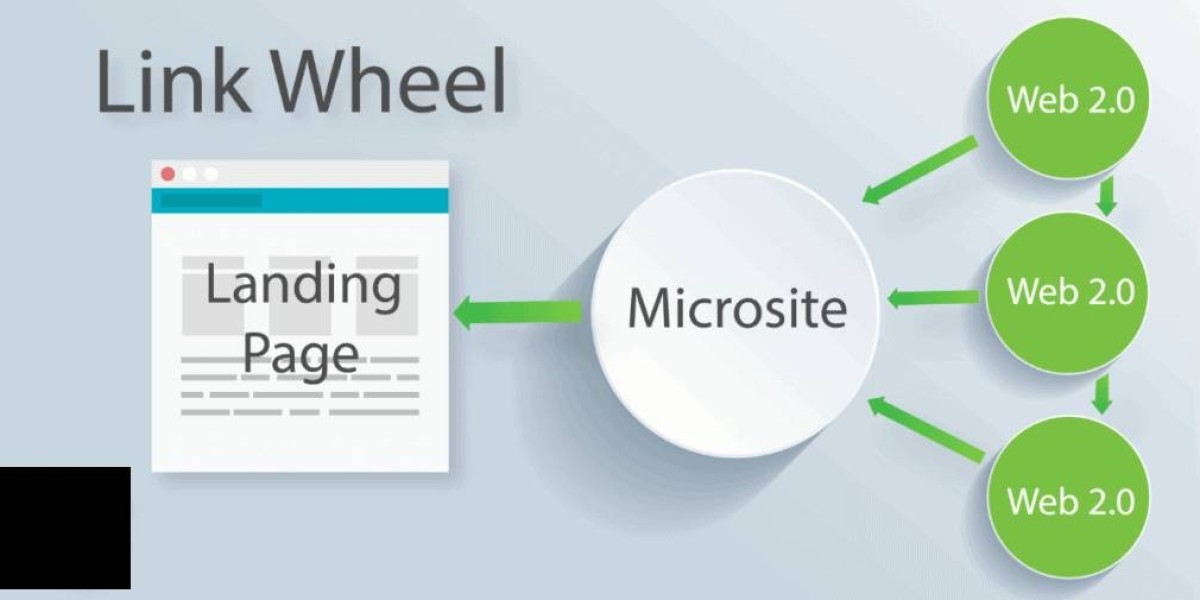In an increasingly interconnected world, internet access has become as essential as electricity or water. While traditional broadband and mobile networks dominate in urban and suburban regions, many rural and remote areas still struggle with inadequate connectivity. This is where satellite internet providers play a transformative role, bridging the digital divide and enabling access to information, communication, and services worldwide.
What Are Satellite Internet Providers?
Satellite internet providers offer broadband internet services by transmitting data between satellites orbiting the Earth and user terminals on the ground. Unlike traditional fiber or cable connections that rely on physical infrastructure, satellite internet uses space-based technology to deliver connectivity across vast and remote areas.
Providers like Starlink, HughesNet, and Viasat have revolutionized the landscape by making high-speed internet accessible to underserved regions. These companies launch satellites into geostationary orbit (GEO) or low Earth orbit (LEO) to provide continuous coverage over large areas.
How Satellite Internet Works
Signal Transmission: The provider beams internet signals to a satellite in orbit.
Satellite Relay: The satellite receives and transmits the signals back to Earth.
User Terminals: Ground stations and user-installed satellite dishes decode the signal, connecting devices to the internet.
This approach ensures connectivity even in areas where terrestrial infrastructure is non-existent. However, the distance between satellites and Earth can impact latency, download/upload speeds, and overall reliability.
Benefits of Satellite Internet Providers
Satellite internet providers offer unique advantages that make them indispensable in specific scenarios:
1. Global Coverage
Satellites can reach regions that are impossible to connect through traditional infrastructure, such as mountainous terrains, deserts, and remote islands. For example, rural communities in Alaska or agricultural areas in Africa can gain access to vital online resources.
2. Rapid Deployment
Unlike fiber networks, which take years to build, satellite systems can be deployed relatively quickly. Once satellites are in orbit, coverage is available instantly across their service areas.
3. Disaster Recovery
During natural disasters, when terrestrial infrastructure is destroyed, satellite internet acts as a lifeline. Providers can quickly restore connectivity for emergency services and humanitarian aid.
4. Facilitating Business in Remote Areas
Satellite internet providers enable businesses like oil rigs, mining operations, and maritime enterprises to stay connected, facilitating communication, data sharing, and logistics.
5. Enabling Education and Healthcare
Remote schools and clinics can access online learning platforms and telemedicine services, transforming lives in underserved regions.
Challenges Facing Satellite Internet Providers
Despite its benefits, satellite internet is not without its drawbacks. The following challenges affect its adoption and effectiveness:
1. High Costs
Launching and maintaining satellites is expensive, and the cost often trickles down to consumers. While costs are decreasing, affordability remains an issue for many users.
2. Latency Issues
Due to the long distances that signals must travel between Earth and satellites, users may experience higher latency compared to fiber or cable internet. For real-time applications like gaming or video conferencing, this can be a significant drawback.
3. Weather Dependency
Bad weather, such as heavy rain or storms, can disrupt satellite signals, leading to inconsistent performance.
4. Limited Bandwidth
Satellite networks have limited bandwidth compared to fiber, which can result in slower speeds during peak usage times.
5. Environmental Concerns
The proliferation of satellites in orbit has raised concerns about space debris, which could pose risks to future missions and increase collision hazards.
Leading Satellite Internet Providers
The competition among satellite internet providers has intensified as new technologies emerge. Below are some of the key players transforming the industry:
1. Starlink
A project by SpaceX, Starlink operates in low Earth orbit (LEO), offering lower latency and faster speeds compared to traditional satellite systems. With an expanding constellation of thousands of satellites, Starlink aims to provide global high-speed internet coverage.
2. HughesNet
One of the pioneers in the field, HughesNet operates using geostationary satellites to deliver broadband services. While it has higher latency, HughesNet provides consistent coverage across the U.S. and Latin America.
3. Viasat
Viasat focuses on both consumer and business internet solutions. Its satellites deliver broadband speeds suitable for streaming, gaming, and more. With new launches planned, the company aims to increase capacity and speed.
4. OneWeb
OneWeb is another LEO satellite provider, offering connectivity for enterprises, aviation, and maritime industries. Its mission is to provide affordable, high-speed internet globally.
Emerging Technologies and the Future of Satellite Internet
The satellite internet landscape is evolving rapidly, driven by technological advancements and growing demand for connectivity. Here's what the future holds:
1. Next-Generation Satellites
Newer satellites are smaller, cheaper, and more efficient, enabling providers to deploy larger constellations at reduced costs. These advancements are expected to improve bandwidth, speed, and reliability.
2. Hybrid Networks
Satellite internet providers are exploring hybrid models that integrate satellite and terrestrial infrastructure. Such networks can balance high-speed performance with broader coverage, offering a seamless user experience.
3. Reduced Latency
With the shift from geostationary to low Earth orbit satellites, latency is decreasing significantly, making satellite internet competitive with traditional broadband for activities like gaming and video calls.
4. Increased Affordability
As competition grows and production costs drop, satellite internet services are becoming more affordable for consumers in developing countries.
5. Space Sustainability
Efforts to mitigate space debris and ensure sustainable satellite deployment are gaining momentum. Companies are working on solutions to deorbit defunct satellites and reduce orbital congestion.
Why Satellite Internet Providers Are Critical for the Future
Satellite internet providers are not just about connectivity; they represent a step toward inclusivity in the digital age. By bringing the internet to underserved regions, these providers empower individuals, businesses, and communities to access opportunities and services that were previously out of reach. From enabling remote education and healthcare to supporting disaster response efforts, satellite internet providers are reshaping lives worldwide.
While challenges like high costs and environmental concerns persist, ongoing innovation promises a brighter and more connected future. As we move toward a more digitally integrated world, satellite internet providers will remain at the forefront of bridging the global connectivity gap.








